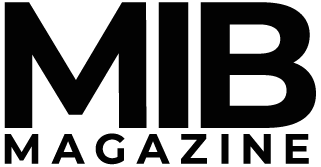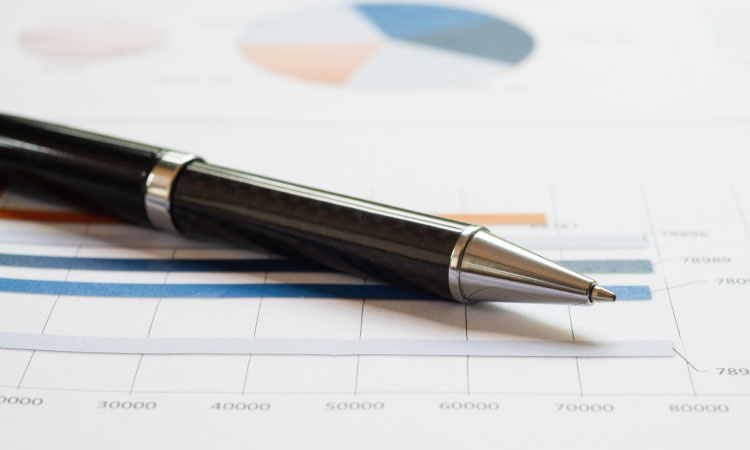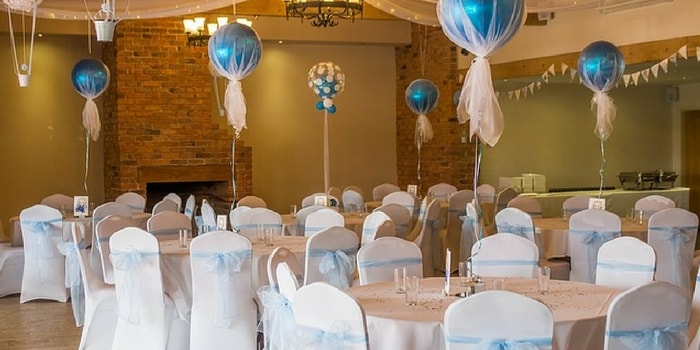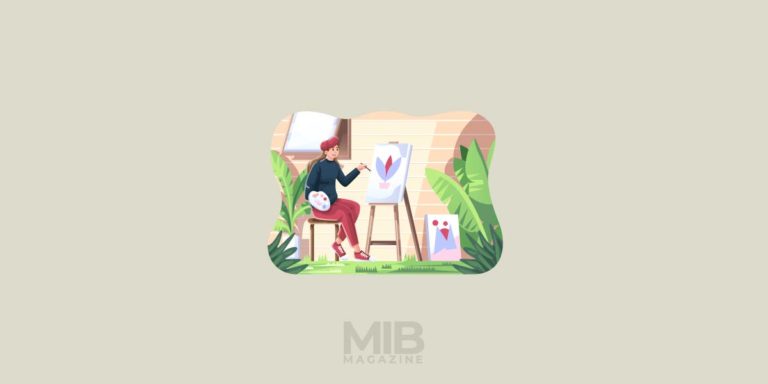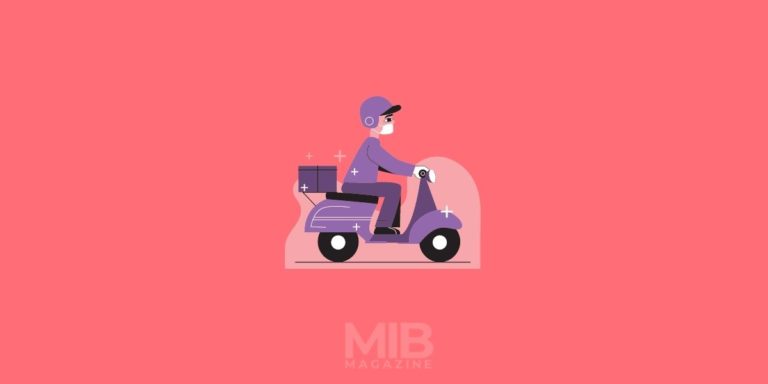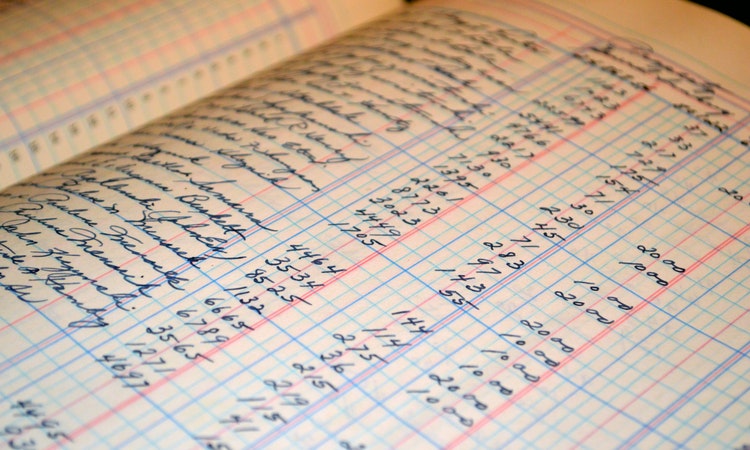Starting Clothing Manufacturing Business – Profitable Business Plan Sample
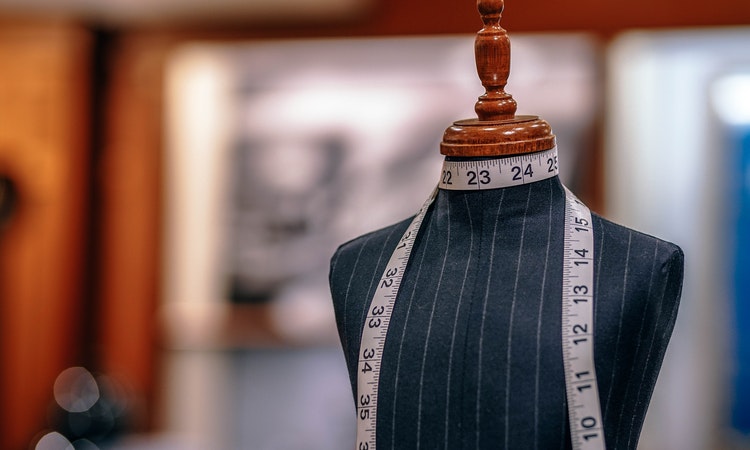
To all of you around there looking for a business which has a promising value in the market, here it is the Cloth manufacturing business. The business holds in a lot of elements that helps in the powerful existence even after years. Some of the important reasons as to why clothing business is considered as an assured business are,
- Changing trend
- Consistent demand
- Increasing competition
- Human nature to be superior in attire
All these together will build an entire system of support that will keep you going in the business. It is also important for you to create or develop a brand for your products. This will enable you to intervene the global market, which is again an added opportunity to increase profits. Being a capital-intensive business, you will require investments in a large magnitude. On an average, you will need $500000 to $2.5 million to build this manufacturing concern.
Business plan
The very first step in any business is coming up with a business plan which will help you in following the procedures as planned. Also, being a manufacturing business, the production processes will require a lot of money.
More than the investment you have, you will require at least 25% more money to run the business without interruption. For this you will need a promising and expressive business plan. Expressiveness here means the level of explanation you give for each sub topic in your plan.
For instance, you tell about the supply and demand for your business, it should be in such a way that all the other related areas are automatically understood. The below format will assist you in drafting an outstanding business plan for a clothing manufacturing business.
- Industry overview
- Executive summary
- Vision and mission statements
- Roles and responsibilities
- Market analysis
These five will cover almost all the information and make it very simple for your financier to understand the business. I would recommend you all to make an appreciable explanation for the Industry Overview part of the business plan.
This is the place mainly focussed by your funders. The section targets on producing clarity in demand and supply of a business. You can use statistical records and news headlines in order to deeply convey your points to your funders.
Business registration
As we all know the importance of getting a business registered, let us gradually rush through the main elements involved in the registration of a clothing manufacturing business in a country.
Undoubtedly, there is no particular standard way of registering a company, but you will get an overview of the registration process if explained with any other country. But before this, fix a name for your business. Remember, the business which you will be doing holds the core product as garment and that is one major reason why the name you choose should be attractive.
Then decide on the ownership so that you do not go wrong or be interrupted in between in need of financial support. If you are capable of creating an enterprise on your name with essential funds, go for it. But, if there is any problem in capital or investment needed for the business, then you should probably sign up for a partnership business.
All you have to do is check the business registration page of your location. Each country has a different set of rules and regulations which is very important to understand so that errors in registration process can be avoided. Some of the basic steps are,
- Visit the government portal of your country
- Check for the business section
- Navigate to the registration page
- Clearly understand the terms and conditions after which you will be proceeding with the application process
- Apply for registration online
- Submit the relevant documents
With all these, your registration process will terminate in approximately a week.
Licenses
Registrations and licenses are two major areas that has to be perfectly done to provide a hassle-free work environment. So how do you think a license can differ from a business registration? A business registration is something that just adds up the business to the countries number of businesses.
Also, it checks that no two businesses run on the same name. Coming to the licensing process, the output is to let your business operate without any legal issues. This certainly means that you will be legally authorised to do what you are doing at your business location.
Unlike other businesses, a manufacturing business needs double the legal support a normal business generally needs. Since the business scale is huge, you will have a number of issues lining up at the very start. All these can be tackled only with licenses. Here too, you will rely on your country’s business website. Step by step procedure will be given there and the portal will direct you till the end of the process.
- Maintenance of the licenses
- Renewal dates should be kept track
- Copy of the licenses should be available in considerable quantities
- Prominent display of the licenses is mandatory
- New license in case of business expansion either in terms of production or location
Insurances
Needless to mention, being a cloth manufacturing owner, you have to keep your business insured. It is absolutely not possible for you to recover your business in case of any unfavourable circumstance. You are basically running a factory.
A factory will involve heavy machines and tools which are hazardous. In such a case, there is a compulsion that you insure it. While insuring, make sure that you provide true details to the insurance company in terms of the value held by your business, where any sort of mismatch will out you in trouble at the stage of recovery.
Location
Locations does have an impact on your costs. Usually we deal with cases where location will have a positive impact on the sales. But, in a manufacturing industry the concentration is over costs.
Locations can make a big deal in showing a tremendous change in the costs incurred in production when compared to similar manufacturing industries in the market. With respect to these, I find rural areas to be the perfect location for a manufacturing business. Some of the areas where costs ate reduced are,
- Labour
- Legal obligations
- Raw materials
In these, labour cost is reduced since the area in which you will be operating will have extremely skilled workers who are unemployed. In such a case, hiring them is easy and also the pay scale for them is lower than the other manufacturing businesses operating in urban areas.
This goes with the mantra of more supply, less value. Next is the raw materials purchasing. As a clothing manufacturer, you will require cotton in large quantities. Say it thread also, it is cheaper in rural areas. Keep it anything, there is a fall in costs of procurement when the unit is located in the rural area.
Cotton, being an agricultural product will be available to you all the time and that will enable you to show a consistent rate of production. Legal obligations are very less here. There is hardly any need to be answerable to officials who accuse you for polluting the city. This does not imply that you can violate the norms and be anti-environmental. It is just that there is ample space to dispose the wastes in a rural area.
To talk about the space requirements, its huge. You will require a huge area to accommodate your production machines and different units within. Units here mean the broken fragments of the production process like sewing area, attaching area, designing area etc. An appreciable layout will allow for a production process with less non-value-added procedures. It will indeed reduce the front and reverse motions paving way for a sequential process.
Competitor research
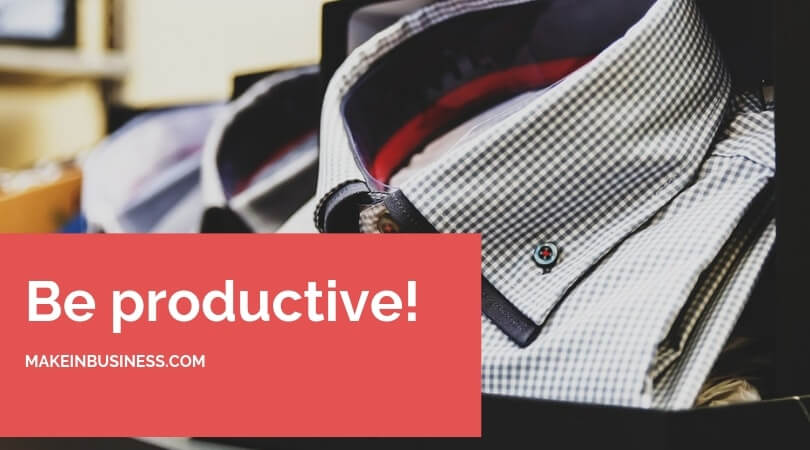
Research phases generally come out with a feasible solution for your business to be a step ahead of the competitors. These may be in terms of cost reduction, marketing, prices etc. But as we deal with apparels it is mandatory that you follow your competitor’s production processes and new ideas.
Following does not insist you to replicate their work, instead have a track on the entire production process. Design is the only key element which can take you to extremes of poor sales and market leader.
It is in your capacity to rethink and deliver products of highly unique features. For this, one idea I would suggest is to arrange for meetings and workshops where different designers of your company will be entitled to produce new designs. This can be an idea generation process as well as a training session for the designers you have hired.
Sourcing equipment and raw materials
Here is one of the most important essentials for running a manufacturing business. Without raw materials and machines to produce, your entity is incomplete and purpose-less. Some of the raw materials needed for garment manufacturing are,
- Cotton
- Flax
- Wool
- Ramie
- Silk
- Leather
- Fur
- Nylon
- Polyesters
- Spandex
All these will sum to various different clothing structure when manufactured with the use of machines. The four main types of machines that you will be requiring in order to complete the production process are,
- Pressing machines
- Cutting machines
- Knitting machines
- Sewing machines
These four are the fundamental machines and the rest can be your choice. Depending on the way you design other related machines can be purchased. You can also choose to use a 3D system for designing the clothes that are yet to be produced. This is show you how exactly the output should match the plans made during the designing stage.
Estimates
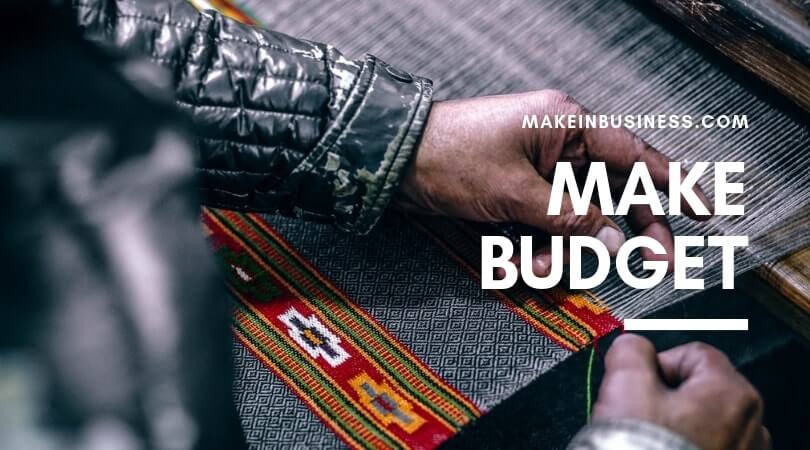
Before you enter the process of production, fragment the expenses for each stage. It is a little time consuming and involves a lot of planning but will support you to check if you are on the right path. Estimates have always showed a clear report of how your business is functioning with regards to costs and revenue.
Imagine a company without pre-estimated budgets. You will be producing products and getting income without actually assessing how good your business is doing in the market. At times, an estimate less production process can also out you in loss without transparent indication.
Thus, make sure you budget your actions. Direct it in such a way that it falls within your planned scale or even lesser than that to save up for further processes. Estimates should be made in advance for the following areas,
- Business registration
- Licenses and permits
- Promotions
- Hiring a business consultant
- Factory construction
- Purchase of machines
- Purchase of store equipment
- Furniture
- Salaries
Hiring employees
Based on the investment available and the desired quantity of production, you will arrive at a number for hiring employees. In this stage, your floor space matters more. Every single employee should be accommodated in the leased space and the work allotted to the employee should not be disturbed due to insufficient space.
Hence, plan the appropriate number of employees. Now, who all can work in a cloth manufacturing unit? Hiring right people is also as important as the other plans made in the business. Check the following list to know what are the different posts needed in a cloth manufacturing unit.
- CEO
- General manager
- Human resource manager
- Administration executive
- Sales executive
- Finance executive
- Designers
- Quality control and inspection officer
- Skilled Workers
First product
First products are always kept for testing. Testing here denotes the quality check for which the company stands in the market. Testing is important to filter the damaged or unsuccessful products before it reaches the product. A typical clothing manufacturing business follows the below mentioned production process.
- Product Design
- Fabric selection
- Fabric testing
- Pattern making
- Grading
- Marking
- Spreading
- Cutting
- Bundling
- Sewing
- Pressing
- Folding
- Finishing
- Detailing
- Dyeing
- Washing
- Packing
- Despatching
So, in a test batch few products of one kind will be produced with these sequential processes. In the end, you will decide on whether the product has to be produced in large quantities by allowing it in the test market. This means making an entry with the lowest price and understanding the market. With this process repeated, you will know what sort of products and designs are in demand.
FAQS
The basic process of clothing manufacturing includes the selection and procurement of fabrics and materials, designing and pattern making, fabric cutting and sewing, further finishing with embellishments, and finally packaging and distribution.
The most commonly used materials for clothing production include natural fibers like cotton, linen, wool, and silk, as well as synthetic fibers such as polyester, acrylic, elastane, and more.
The benefits of clothing manufacturing include its relatively low cost, a wide variety of fabrics and colors, as well as the opportunity to create custom-made garments with sophisticated designs and details.
Skills needed for clothing manufacturing include knowledge of industry standards and regulations, fashion design, pattern making, fabric selection, cutting, sewing, and finishing techniques.
Mass-produced clothing is typically produced in large batches and is cost-effective due to economies of scale. However, in custom clothing, garments are produced in small batches in order to meet an individual customer’s needs and specifications.
Quality control measures during the production process should include accuracy of cutting and sewing, correct fabric selection, correct measurement of components, as well as testing for tear strength and shrinkage.
The best way to ensure safety standards are followed is to keep abreast of updates and repeatedly train workers in operating machinery, as well as maintaining a safe and hygienic working environment.
The basic equipment needed to produce clothing includes industrial sewing machines, industrial overlock machines, cutting tables, cutting machines, steam presses and irons, as well as pattern-making and garment-design computers.
When selecting suppliers for clothing production, look for supplier certifications from organizations such as Fairtrade, Global Organic Textile Standard (GOTS), Oeko-Tex Standard 100 and organic cotton.
There are various software programs available for clothing design and pattern making such as Adobe Illustrator, AutoCAD, and Gerber Design Software.
